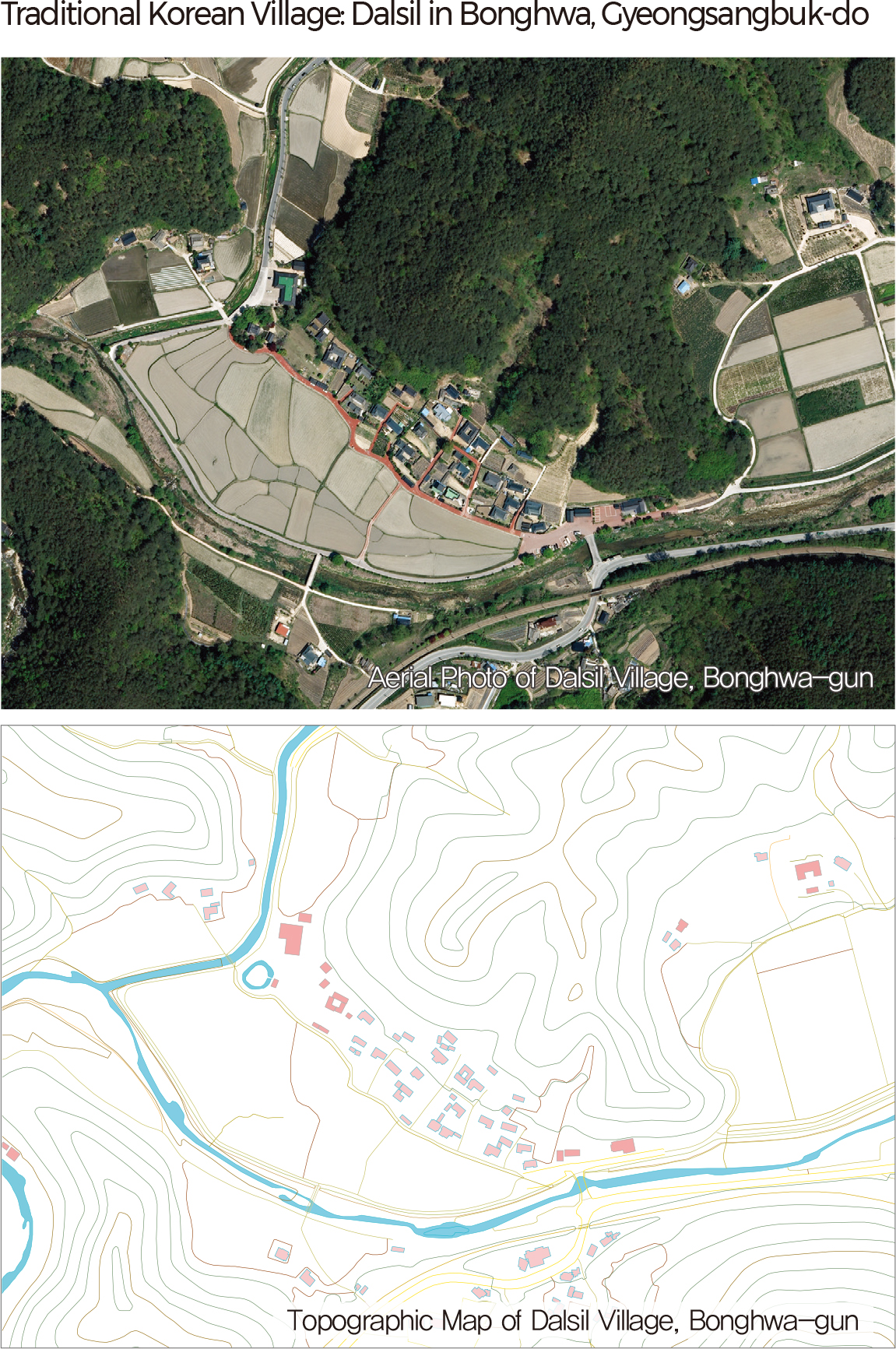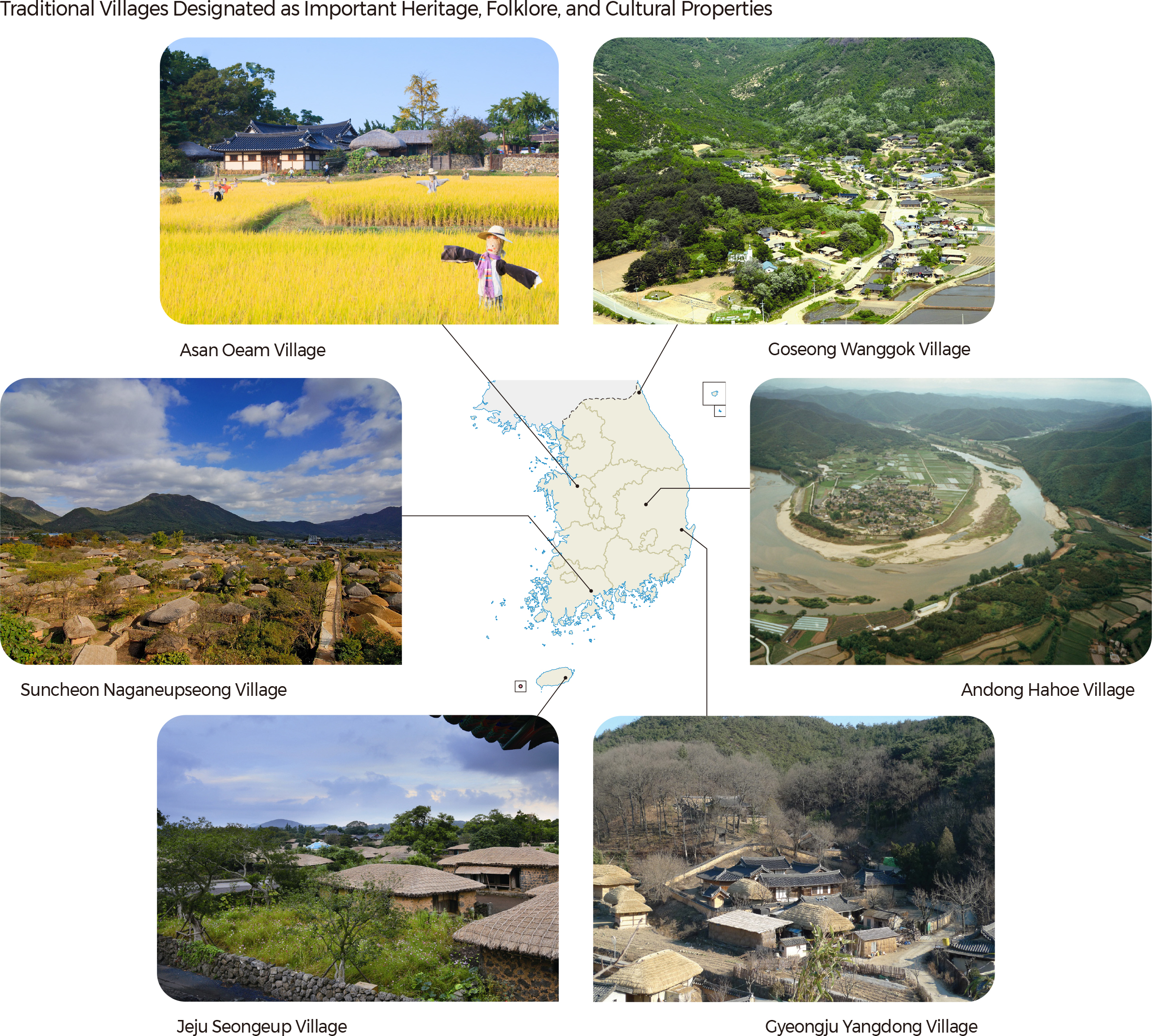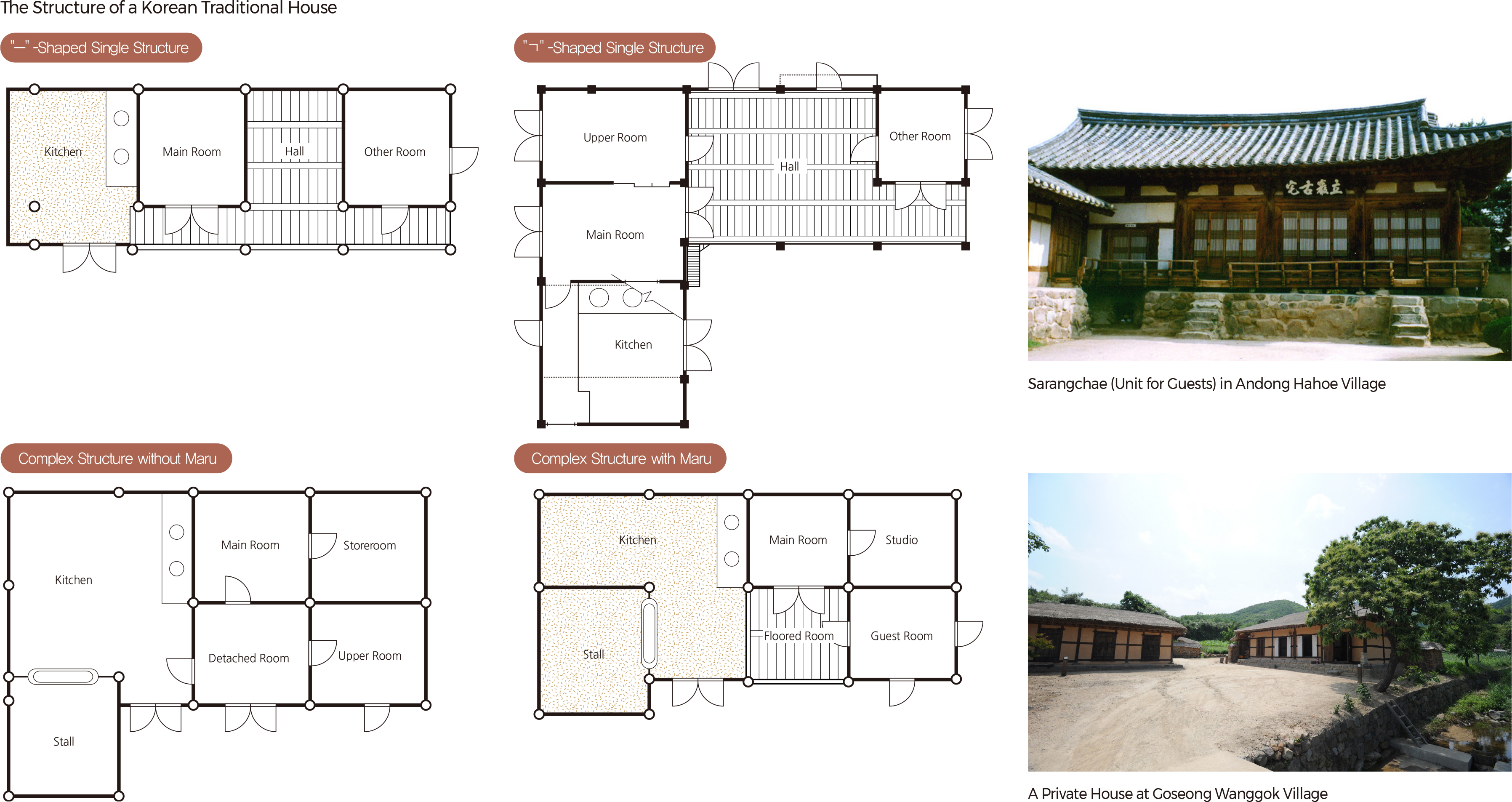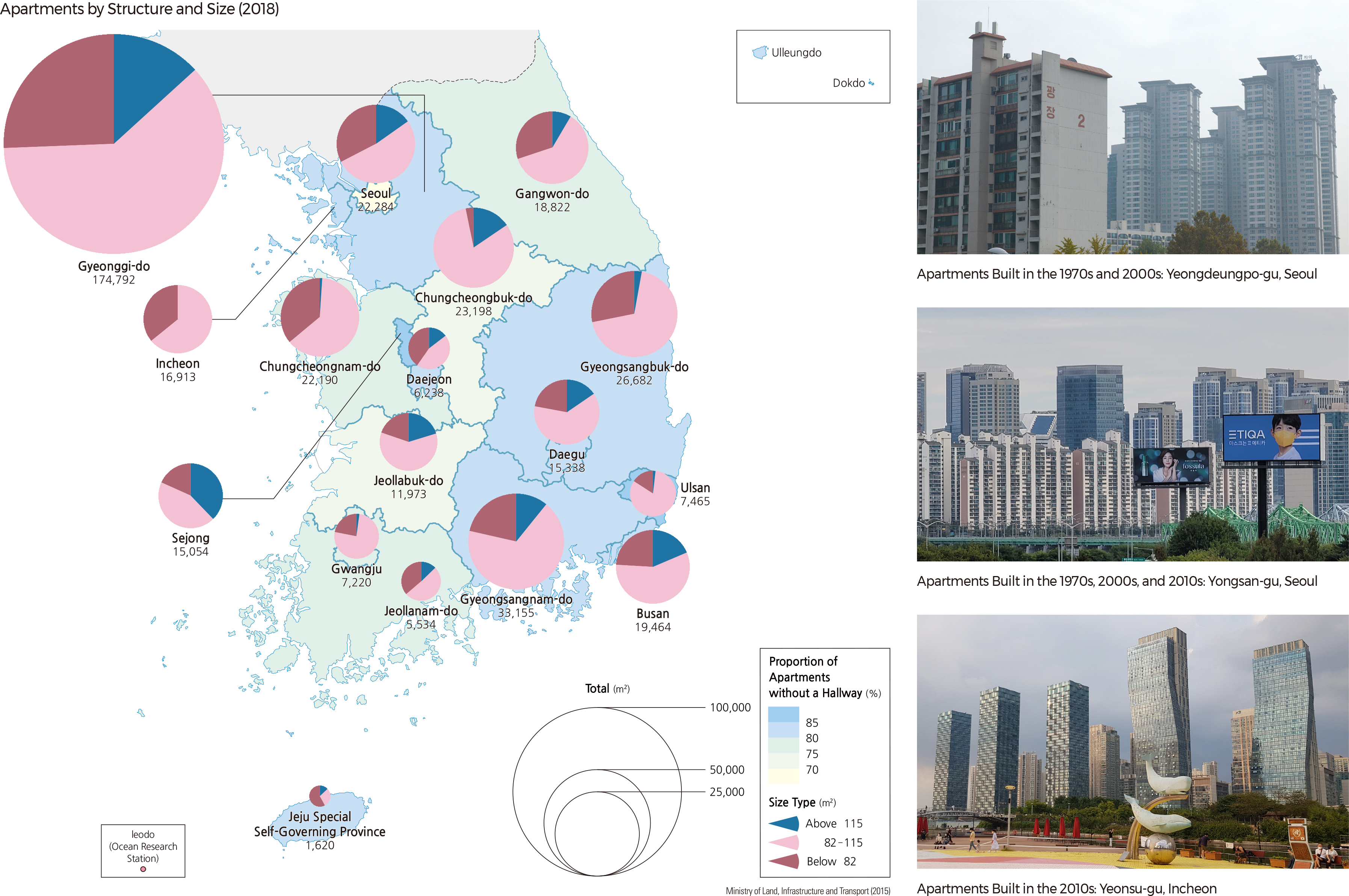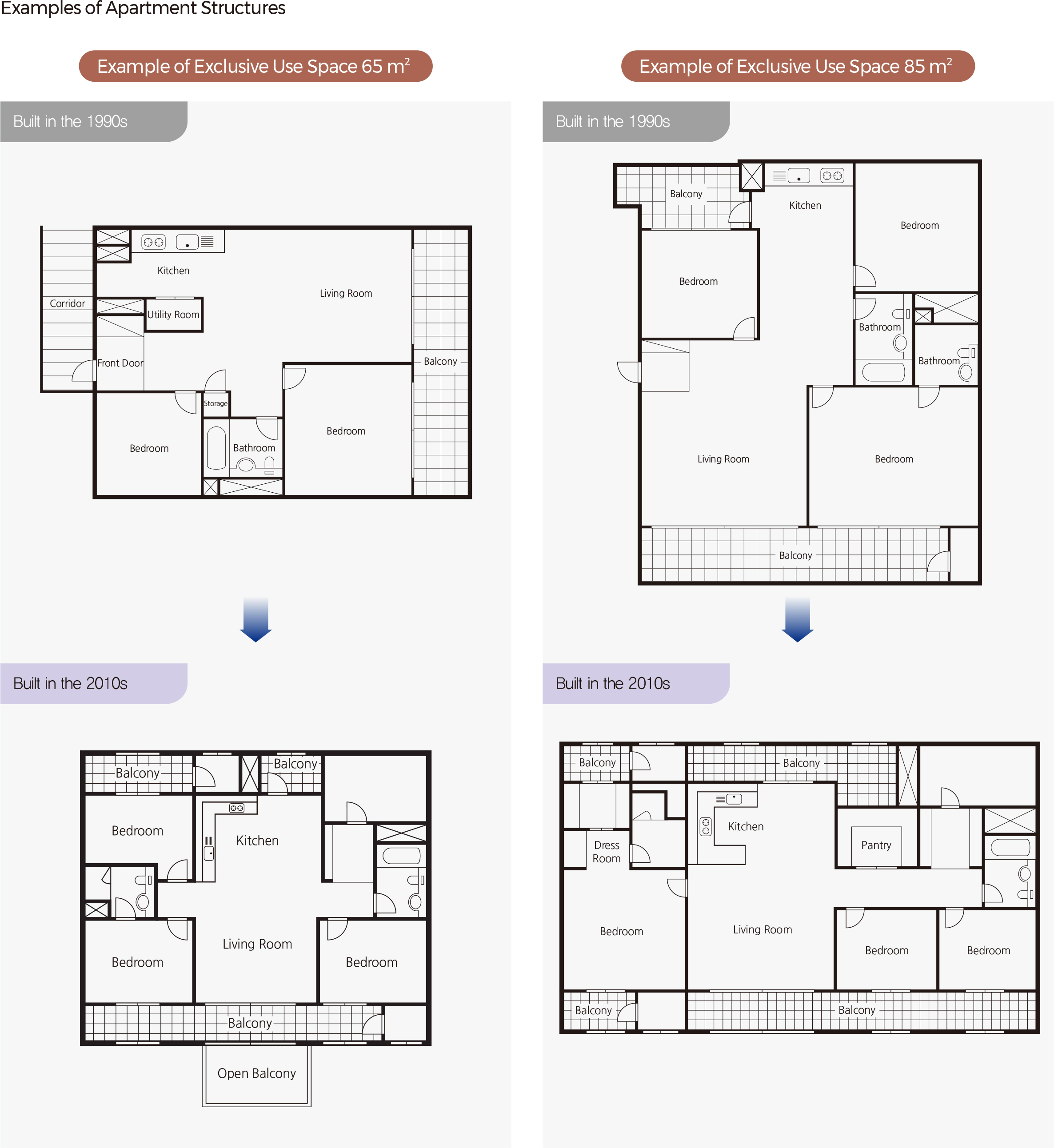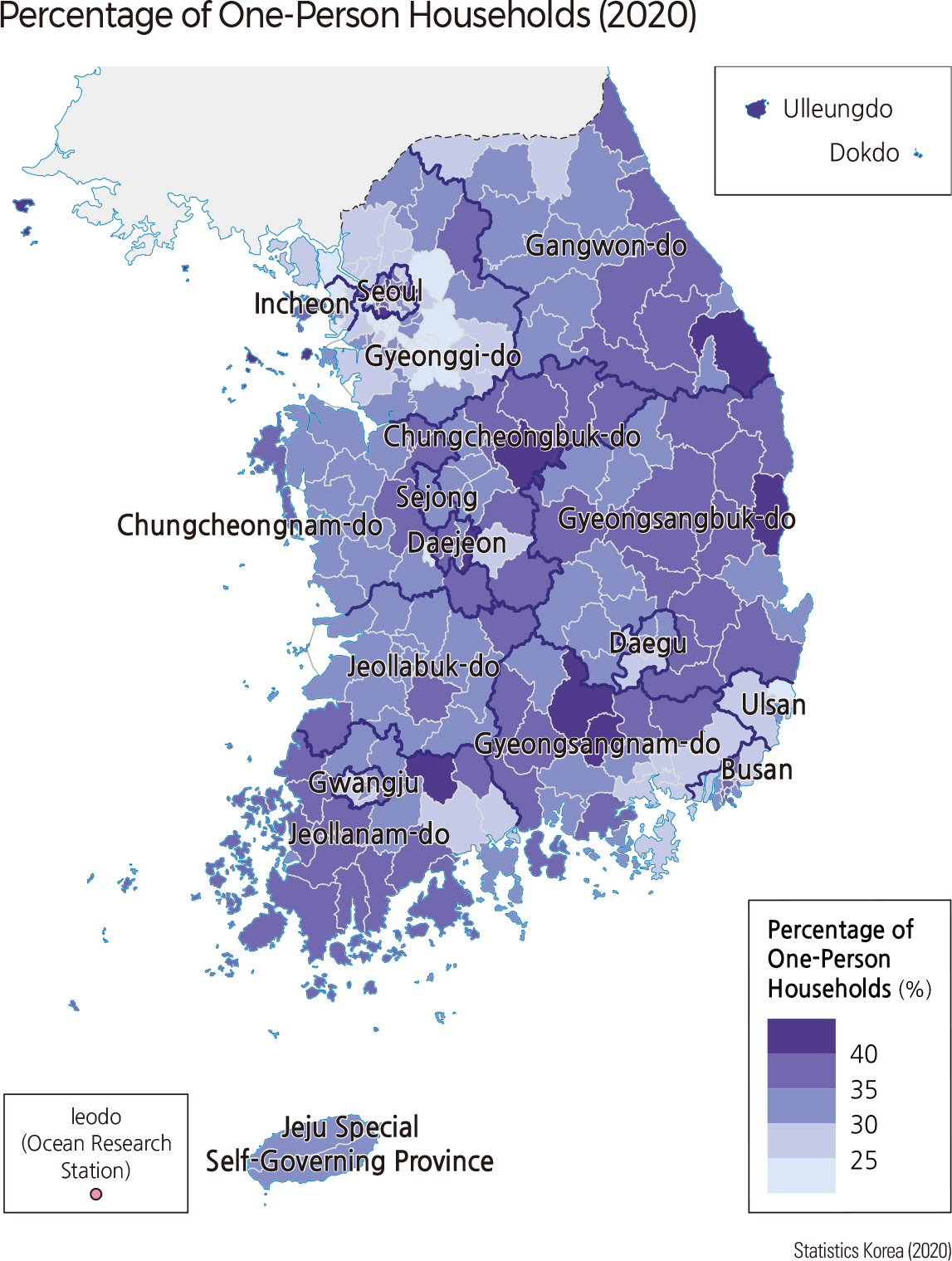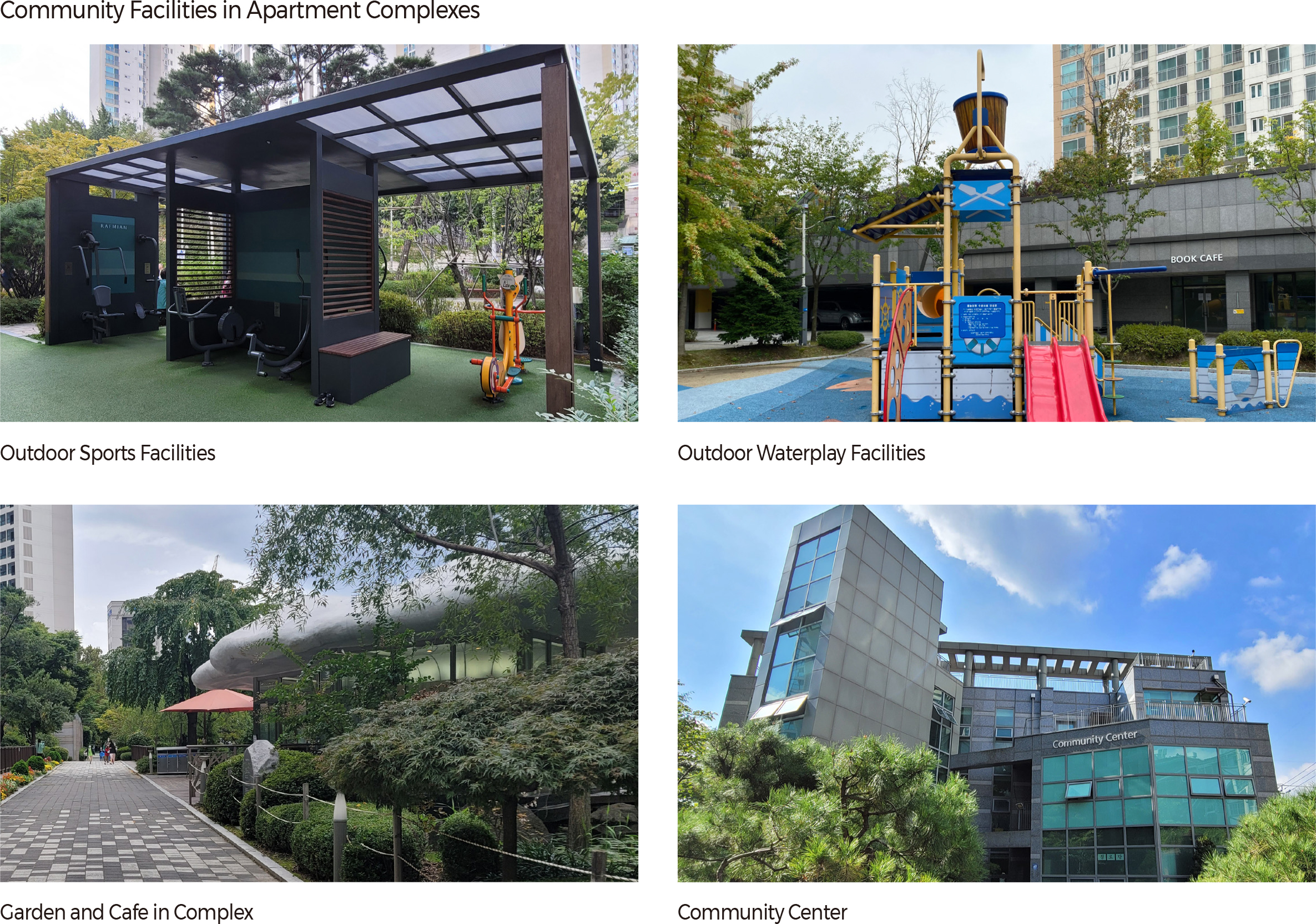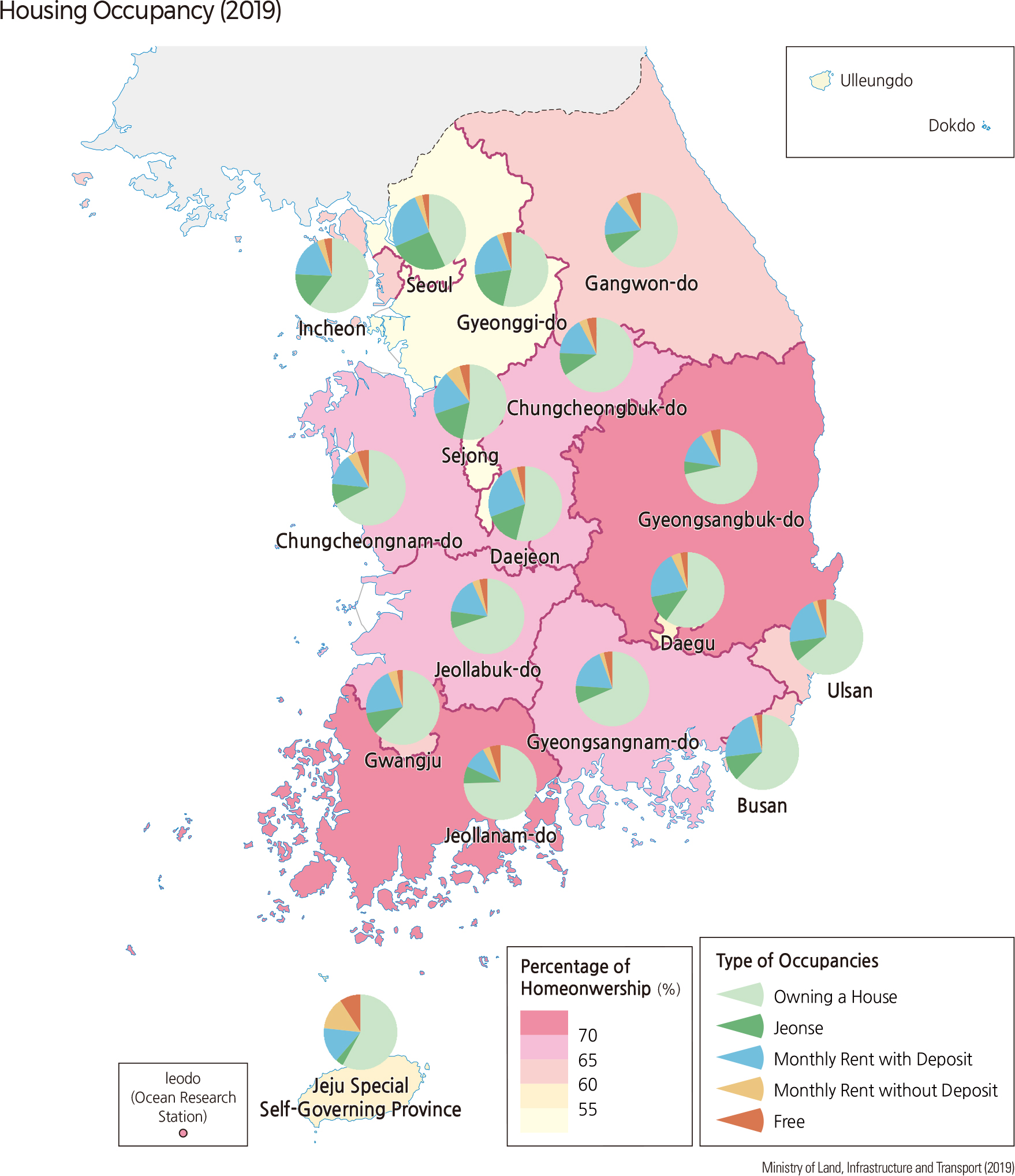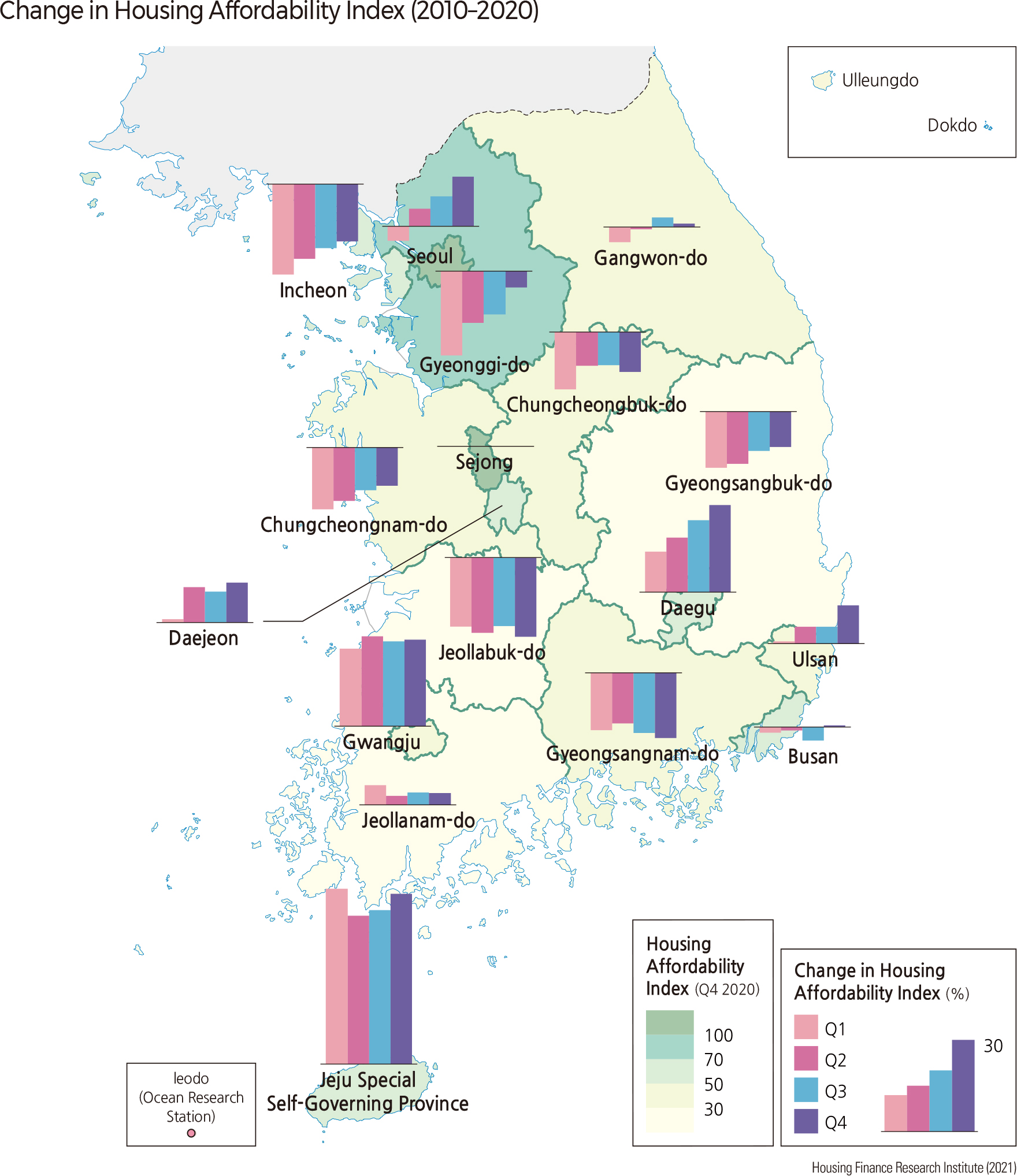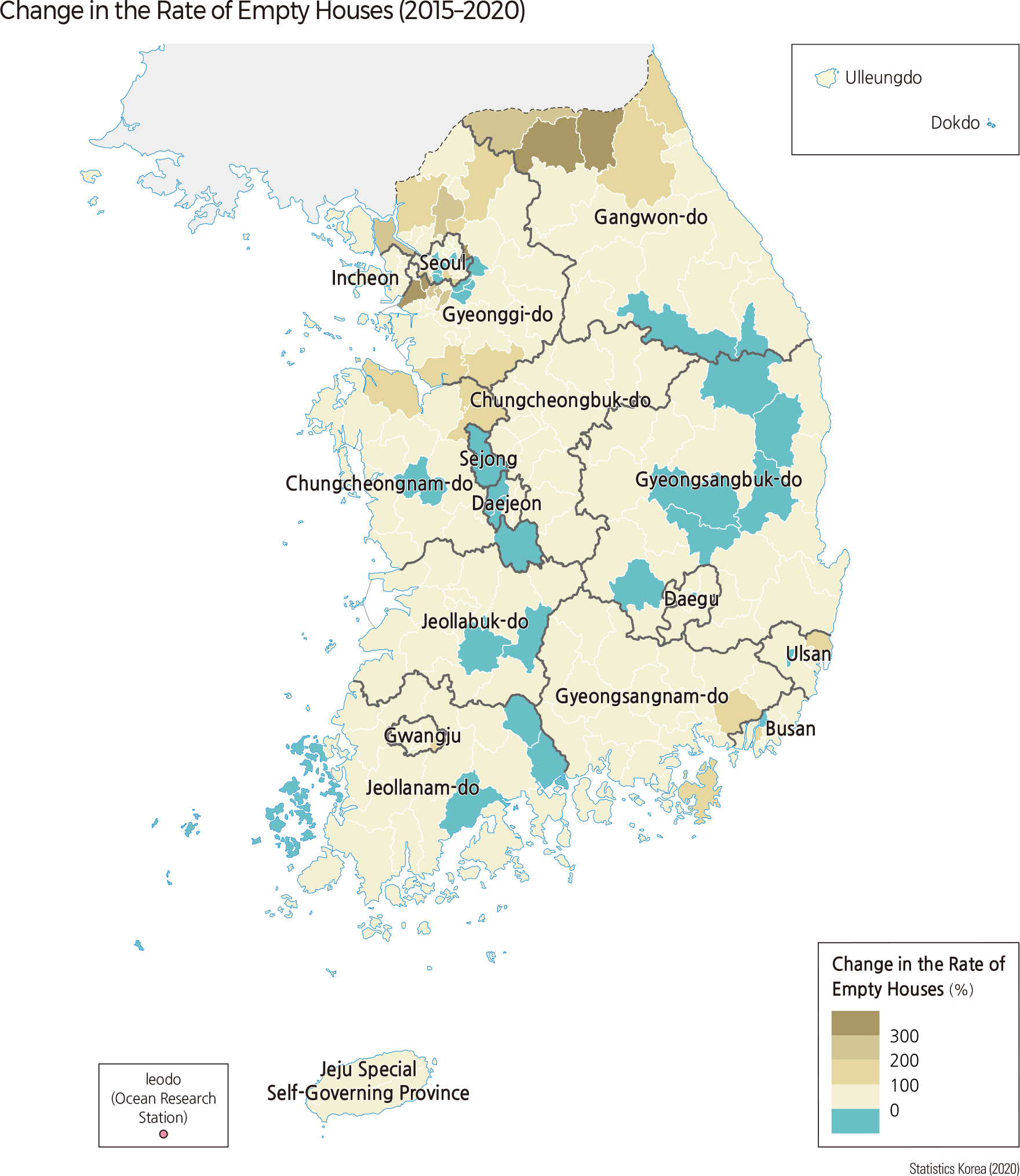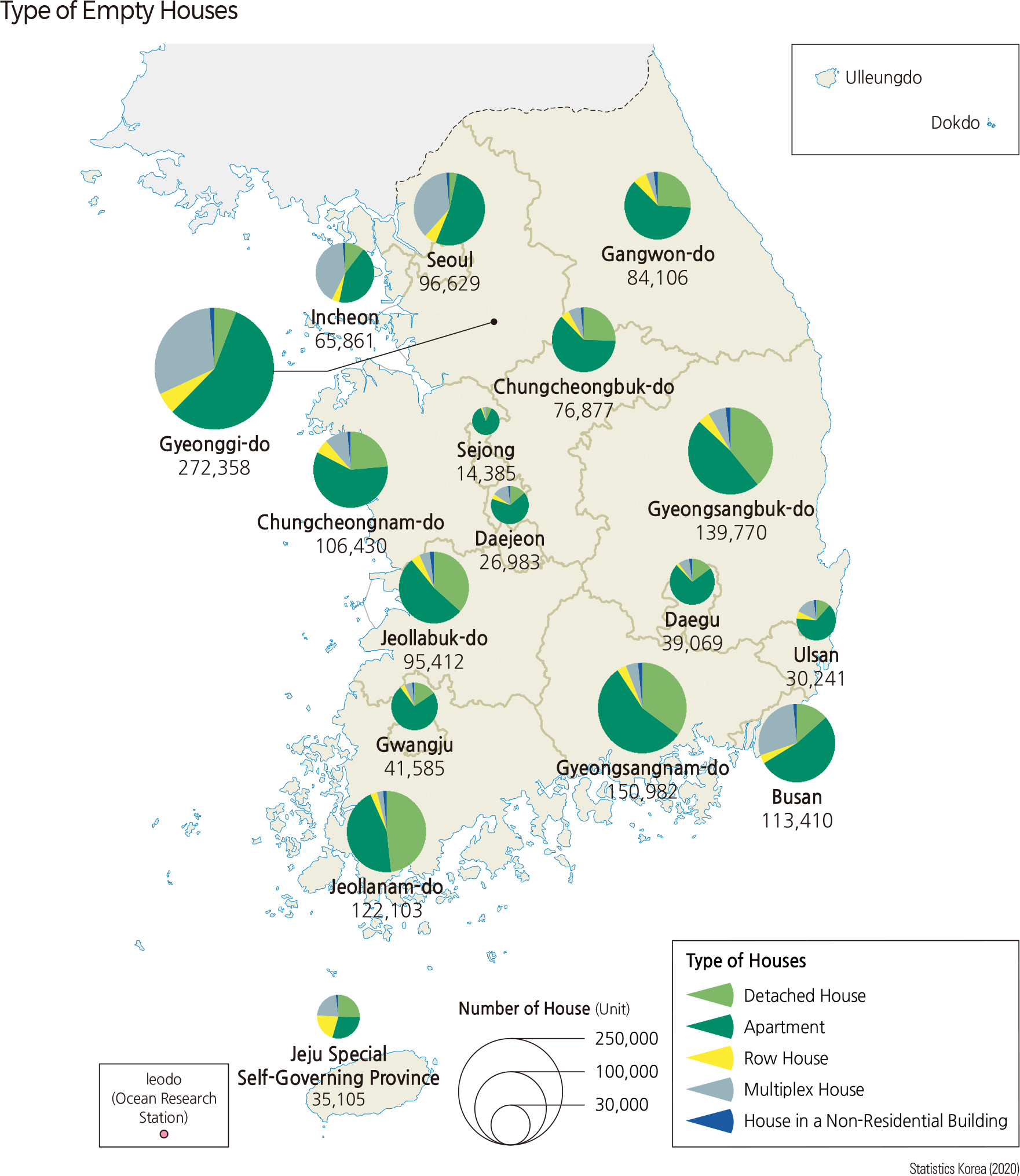English III 2021
The traditional Korean residential style is evidenced by the location and distribution of villages and their housing structures. The layout of the traditional Korean village, with a mountain in the back and spacious fields and a river in the front, is characteristic of Baesanimsu (with back to the mountain and face to the water). Due to Korea’s largely mountainous terrain, many villages are distributed in hilly and low mountain areas. In addition, residential space consisting of villages, rice paddies, and fields reflects the agriculture-oriented economic activities of pre-modern times. Having a mountain behind the village offered timber for firewood and a wide array of other uses and served as a windbreaker for the freezing northwest winter wind. The streams and rivers in front of villages supplied agricultural water and were important factors in choosing a residence. Traditional Korean villages can still be found across the country. Especially, the villages that continue the traditional characteristics are designated as important folk cultural heritage and kept preserved. Traditional Korean villages are often inhabited by extended families. The Confucian tradition became a basic principle for maintaining community inside the village. The Hanok (traditional Korean-style house) is unique to Korean villages. Both older and more recent Hanoks have been preserved as part of Korea’s precious cultural heritage. Hanok villages can be found in various places, including metropolitan cities. A Hanok is a Korean building built with unique technology and architectural style using readily available materials that are in harmony with nature and whose unique aesthetic reflects the cultural heritage and sense of place that creates a distinct Korean cultural landscape. In addition, a Hanok incorporates a unique heating technology and ventilation system. Most Hanoks are made with wood and can be found across the country, including rural areas. Also, some contemporary architectural buildings borrow from the architectural style of the Hanok. Confucian hierarchical customs of the past sometimes meant that the house represented social status or economic position, wherein the traditional village was composed of roof-tiled houses called Giwajip for the Yangban (noble or ruling) class, and thatched houses called Chogajip for ordinary people. While there are a variety of house styles in accordance with status and economic capability, all those houses reflect a deep interaction between people and climate. A housing structure that protects inhabitants from the elements by minimizing the need to go outdoors was developed in the northern provinces, which are distinguished by long, cold winters. One that maximizes air circulation through Daecheong Maru (a main open floor) was developed in the southern provinces, which are characterized by hot, humid summers. Traditional Korean houses also include Ondol (a floor heating system) for living with the cold winters. An apartment is a typical Korean housing unit. Apartment construction began to flourish in the 1970s and accelerated through the 1990s and 2000s. Apartments accounted for 20% of total housing in 1990 and neared 63% by 2020. Apartments typically have about 65 m2 and 85 m2 based on the area for exclusive use, which reflects the government’s housing policy. Using government funds designated to provide affordable housing for people in the 1970s, the standard for national housing was set by the Housing Construction Promotion Act to be within 85 m2, the so-called upper limit for the “national housing standard,” which became the standard for tax benefits and financial sector loans. An apartment of 85 m2 is generally a three-bedroom and two-bathroom unit, typical for a family of parents and children. In the past, an apartment of 65 m2 typically had two bedrooms and one bathroom. However, today, the most common configuration of 65 m2 is the three-bedroom and two-bathroom unit. While the square footage for the area for exclusive use has changed little over time, the use of that space has gradually diversified, with larger bedrooms and living rooms due to efficient use of shared spaces such as expanded balconies. Apartment living remains most popular for Korean urbanites because of the advantages of convenient parking, installation of elevators, and co-management and security in multi-unit dwellings. However, many apartments have deteriorated and become less safe after more than 20 years, and parking has become a challenge with the growth of private car ownership. Thus, many older apartment buildings have been either remodeled or reconstructed to improve the residential environment. |
